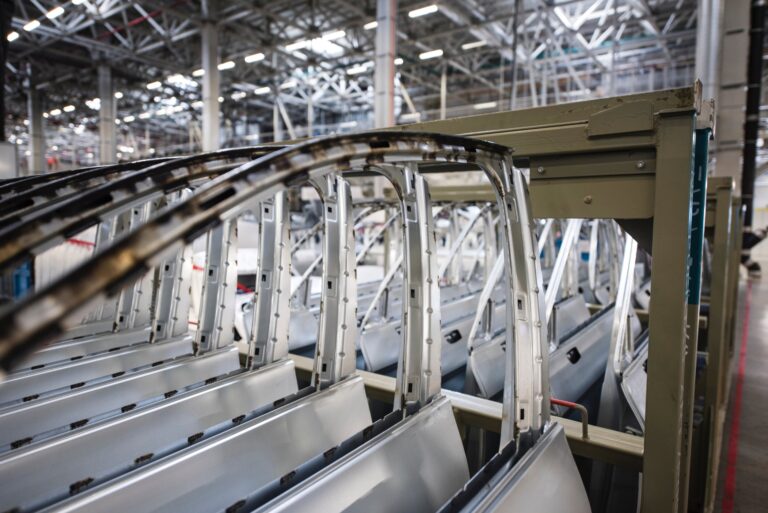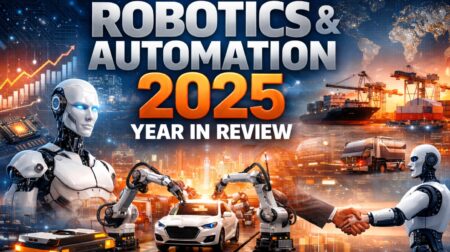Researchers have developed an algorithm based on migrating birds to optimise human-robot collaborative assembly lines ensuring efficiency and safety.
Teams from the University of Leicester and Wuhan University of Science and Technology created the metaheuristic algorithm, known as the migrating bird optimisation algorithm, inspired by the V-flight formation of birds.
According to the researchers, the technique is suitable for solving optimisation problems due to its simplicity and flexibility in adapting to the nature of a problem.
The project, presented in a paper published in Springer Link’s Neural Computing and Applications journal, aimed to improve assembly lines in which robots and human workers collaborate.
To achieve this the team developed a multi-objective mixed-integer programming model and used a metaheuristic algorithm. They used several scenarios in which different types of robots are expected to work together to assemble goods to trial the algorithm.
According to the researchers, the algorithm can minimise an assembly line’s overall cycle time and decrease the total purchasing cost of a team of robots. It does so by selecting an optimal solution among a set of possibilities replacing outdated solutions previously identified.
Mukund Janardhanan, one of the researchers, said: “For many industries, purchasing robots will be an expensive affair.
“The model developed in this work will help production managers to estimate and optimise the costs involved in the purchase of robots and cycle time simultaneously and this will help them to make decisions while designing or redesigning assembly lines.”
Janardhanan added that the team evaluated the performance of their migrating bird optimisation algorithm by comparing it with that of other widely used optimisation techniques.
This included a multi-objective non-dominated sorting genetic algorithm II, a multi-objective simulated annealing algorithm and two multi-objective artificial bee colony algorithms.
The team’s findings show the migrating bird algorithm was either better or similar to those achieved by the state-of-the-art techniques it was tested against.
According to the researchers, the algorithm could be used by manufacturers worldwide to optimise the cost and efficiency of assembly lines, employing a team of robots to support human workers.









